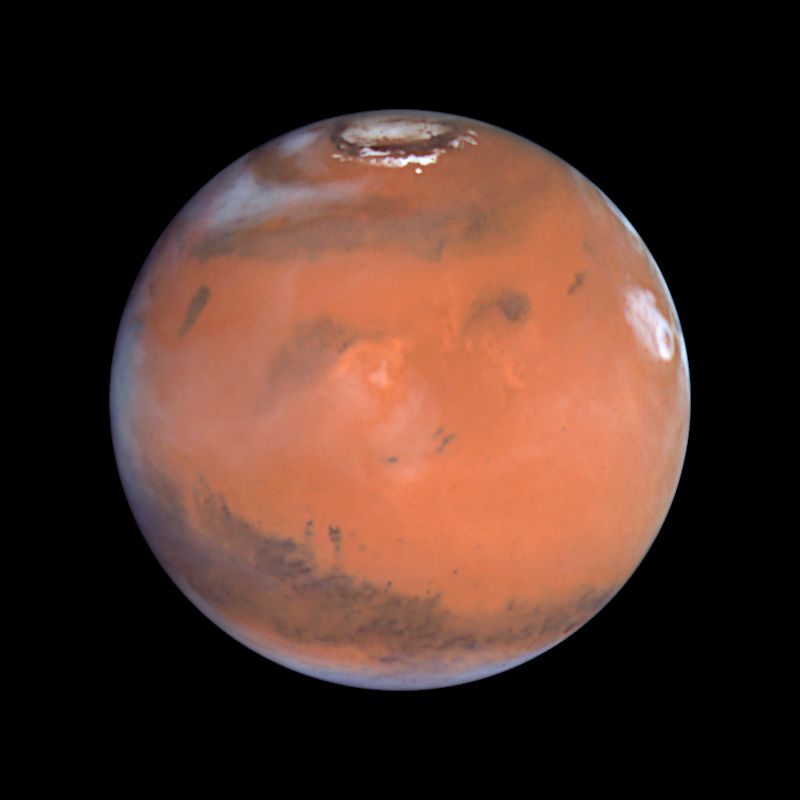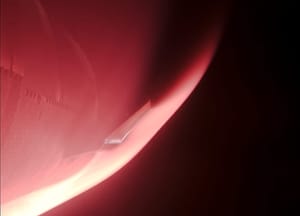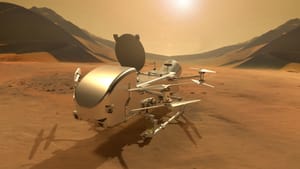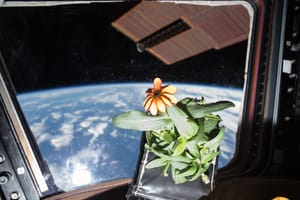
May 12, 2024
Space Farming: The Unspoken Benefits
A lot of people get skeptical when hearing the term "space farming", and they're right. Ever since the Agricultural Revolution 30,000 years ago, humans have only ever farmed on the soil of our home planet Earth. However, with our advancing technology, we can grow crops in our space stations and labs. As odd as it sounds, there are surprisingly many benefits and reasons to explore this world of science.
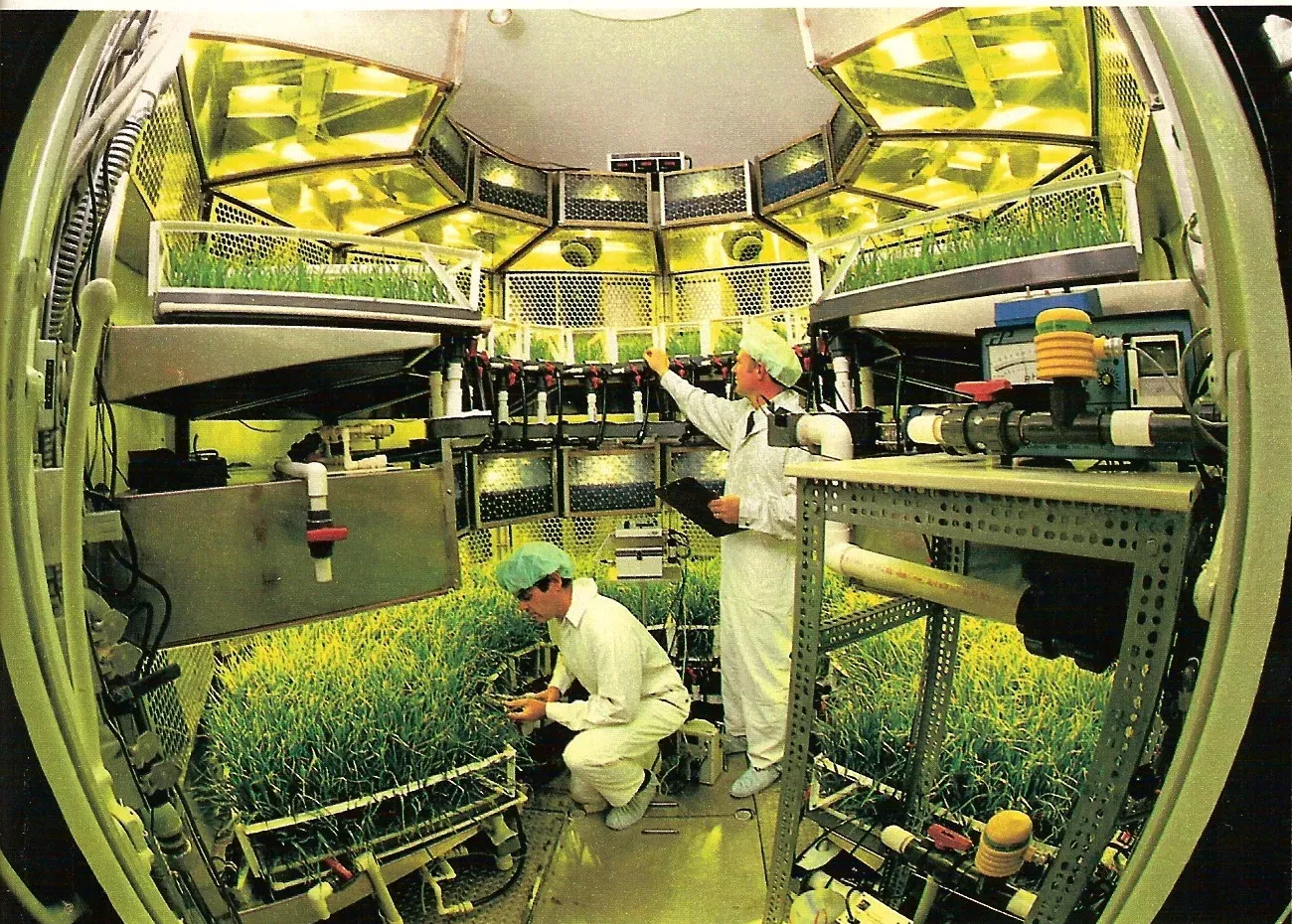
What is space farming?
Space farming is the process of cultivating crops outside of Earth, such as on space stations or other planets. It studies how plants grow in microgravity by conducting various research and controlling the environmental conditions in which the plants are being grown. Space farming dates back to the 20th century, when "specially developed strains of seeds" were launched on a U.S. V-2 rocket (which was never recovered, by the way).
The first successful agricultural space mission occurred on the 30th of July 1946, when maize seeds were launched and recovered. Furthermore, most plant experiments and research took place on the International Space Station (ISS), including NASA's Vegetable Production System (Veggie). Many plants such as lettuces, radishes, cabbage, and peas were tested during these experiments.
Why growing food in space matters
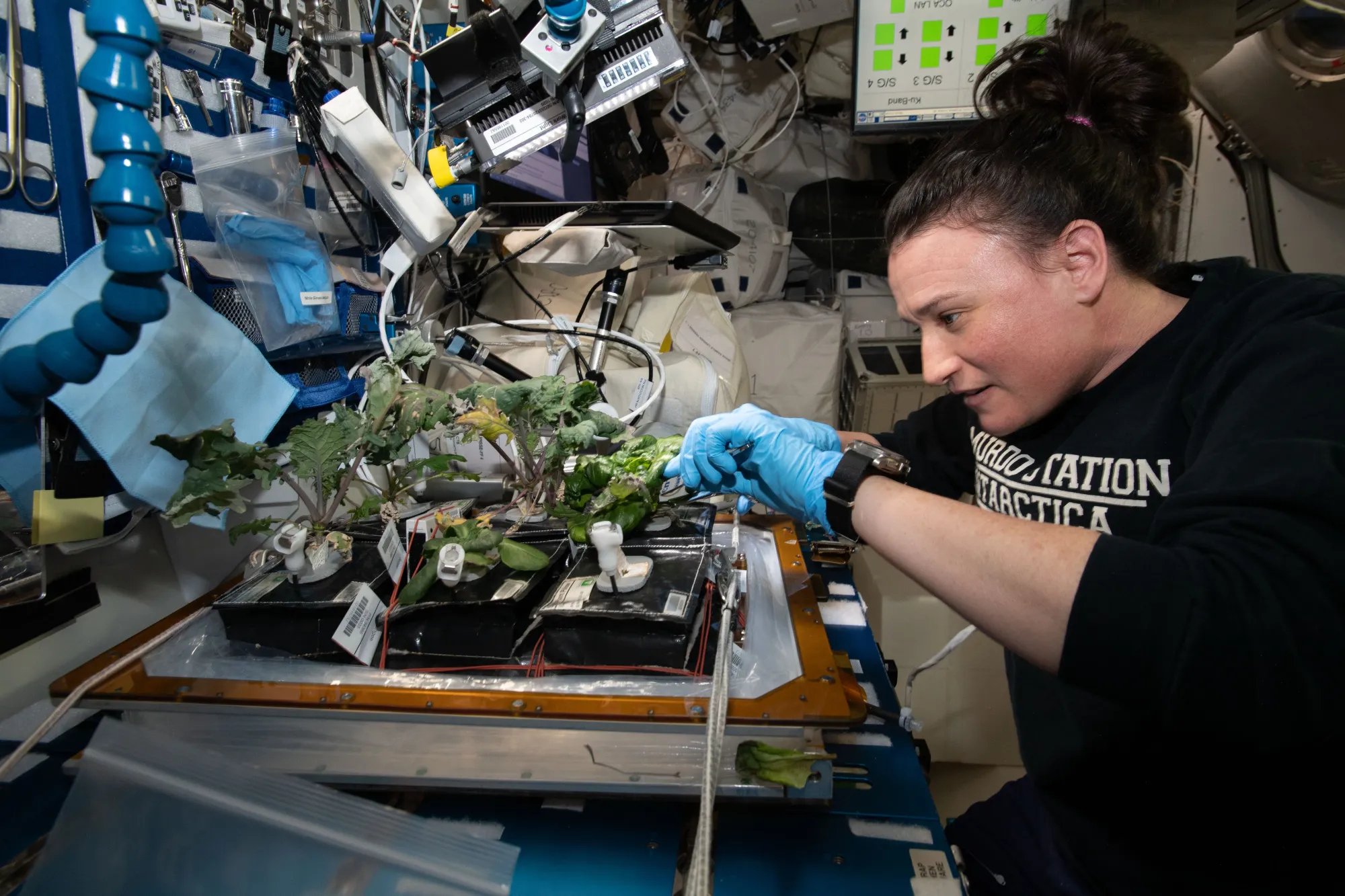
When traveling to space for long periods, astronauts are provided with nutritious food to keep them strong and healthy throughout their entire flight. However, when it comes to deep space travel and landing on other planets, it is important that they can grow their food to ensure their needs are met, and reduce the payload of the spaceship. Moreover, it has been proven that agriculture can improve the mental health of astronauts, as it provides a reminder of their home: Earth.
Space agriculture could solve the global food crisis
According to the UN's Food and Agriculture Organization (FAO), the number of food-insecure people could reach 840 million by 2030. Adding up, climate change is directly impacting plant growth, therefore causing a major threat to food security. To avoid these catastrophic events, experts are searching for more sustainable ways of growing crops using less energy, chemicals, and fertilizers to reach people located in less developed regions of the world. One of the proposed solutions was space farming, as it significantly reduces environmental impacts.
Plants grown aeroponically require far less water and fertilizer, don't need pesticide, are much less prone to disease, and grow up to three times faster than plants grown in soil. Loura Hall, August 10, 2015, "Space farming yields a crop of benefits for Earth" NASA article
While in-space farming could not only help food security back on Earth, technological advances can significantly impact agriculture, biotechnology, robotics, and many more areas in STEM fields in the near future. For example, satellite technology can identify threats of early pests and reduce the need for fertilizers, therefore increasing crop yield globally. According to the World Economic Forum, if these solutions are applied on a large scale, around 800 million tonnes of crops could be saved from damage annually. Furthermore, 2.8 billion liters of fresh water and 50 million tonnes of carbon dioxide emissions could be avoided as the need for fertilizers is reduced. New solutions for cost reduction, productivity enhancement, and resource management could open new doors of opportunity for the world of agriculture.
The economic potential
Space agriculture has the potential for commercialization and the development of new industries, both in space and back at home. Therefore providing more job opportunities for people interested in STEM fields and enhancing food production sustainably and efficiently. This ongoing innovation seems to be the key to solving major world problems and food shortages around the globe, even if the idea itself sounds strange at first.
Thank you for reading, hope you learned something new!
